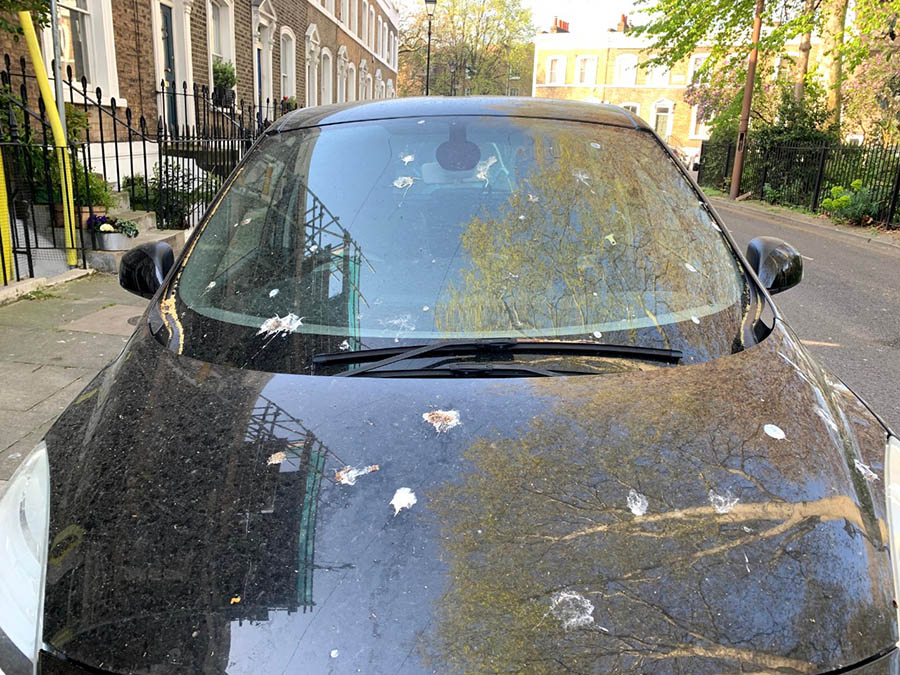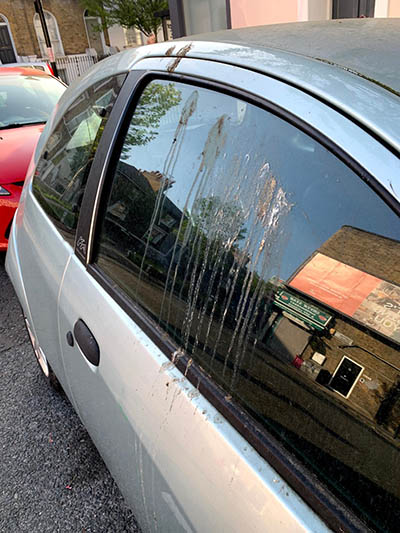It is hard for something worse for a car paint than a bird poop. It can quickly damage not only the varnish coat itself, but even lead to corrosion in time! The topic was taken up by Ford engineers who developed artificial bird droppings.

Bird droppings are the real enemy of varnish. Not only that they look nasty on the car, they also quite easily penetrate the outer layer of varnish and leave quite visible and unfortunately quite persistent traces. To avoid them, you need to react as soon as possible, i.e. wash by hand using lukewarm water or a mild detergent, e.g. a soft sponge. This is especially important in the current period, when we use the car less often and look into it. You have to reckon with the fact that even after a few days of parking under the so-called our car will be solidly bombed.
“Now, when so many people stay at home and their cars stand idle in parking lots, the threat of birds is greater than usual. It is wise to remove dirt before it is baked, but our customers can at least appreciate the work we put into protecting paints, “explains Andre Thrierig of Ford.

Drivers are not without help. It turns out that a rather embarrassing topic was dealt with by a team of Ford engineers. They even developed artificial guano for varnish resistance testing. Attention to realism was emphasized in the press release. The different diets of most bird species in Europe are reflected, explaining this among others a matter of different acidity.
By the way, the characteristic white color of bird droppings was explained. It turns out that the white part is uric acid, which did not mix with the rest of the digestive tract. The whole is so corrosive that especially at high temperatures during hot summer it can penetrate the outer layer of varnish.

To develop the best varnish, the Ford team conducts tests of varnish samples with artificial droppings. The research uses, among others heat simulation furnace (temperatures from 40 degrees to 60 degrees Celsius). Situations in which pollen and resin settle on the varnish are also simulated. All this to precisely select pigments, resins and other additions to the protective varnish layer. Of course, it remains to wait for the results of the work. It is not difficult to get the impression that the team will gladly boast of the right solution. Until then, it remains to look after your car more often and have at least a bottle of water and a sponge on hand.









